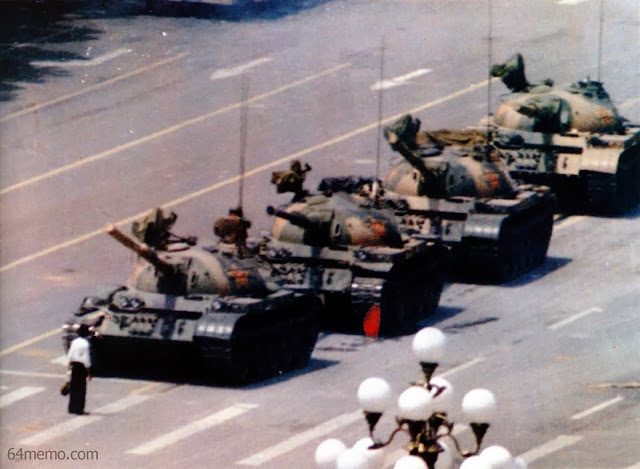The Daily Beast
Christopher Dickey
Christopher Dickey
January 21-- Even the high and mighty assembling at the Swiss resort recognize, now, that grotesque inequality is the greatest threat to world peace. Their answer: Party on!
Not so long ago and not so very far away, there were people who thought they were masters of the universe. They were very powerful and very rich (and very often both), and each year they got together on a mountaintop in Switzerland to congratulate themselves, network with each other and confer about how best to bring order and prosperity to humankind.
From afar, the confab known as the World Economic Forum in Davos looked a little like Asgard, the mythical home of the Norse gods. Up close, slipping along the icy sidewalks with people partying all night in a hodgepodge of hotels, it looked like Loki, the god of mischief, was running the show.
For decades after the forum was founded in 1971, Davos often appeared a model of disorganization, a 30-ring-circus of panels and plenary sessions, even as the world, with or without its help, looked to be in more or less good order. The Cold War ended; Communism died; technology was spreading opportunities; global trade supposedly was pulling people out of poverty. Even the problems of terrorism and a very shaky euro, while they were disconcerting, seemed manageable.
But tonight as the little resort town begins to welcome 2,500 participants, including more than 40 heads of state, the forum itself is better organized than ever—it’s the rest of the world that’s not. Nobody at Davos claims to be a master of the universe anymore. Hell, nobody would dare.
There’s a sudden shocked revelation on the mountaintop that from the cauldrons of the Middle East to the restive billions in slums around the globe, who have ever less money and ever fewer hopes of change, the politics and the economy of the world as the forum sees it really look very scary indeed.
The group’s own publication, Global Risks 2014, concludes that “the chronic gap between the incomes of the richest and poorest citizens” is the greatest threat to stability that looms in the next decade.
The charitable organization Oxfam issued a report, largely based on statistics compiled by Crédit Suisse, that showed it’s not just the infamous “one percent” who own most of the world’s wealth, it’s an even more minuscule fraction: “The bottom half of the world’s population owns the same as the richest 85 people in the world.” If I read my calculator right, that would be 0.000001 per cent. No wonder populists and revolutionaries are raising hell, from neo-Nazis in Greece to jihadists in Nigeria.
Martin Wolf of the Financial Times, a Davos stalwart, likens the situation today to the eve of World War I, exactly a century ago, when the world’s rich and its rulers stumbled toward the most horrific conflagration in history. “Complex societies rely on their elites to get things, if not right, at least not grotesquely wrong,” wrote Wolf, and today, “the elites need to do better. If they do not, rage may overwhelm us all.”
Nowhere is the sense of impending doom stronger than in the Middle East, and much of the thunder in the first two days of Davos is likely to be consumed by another conference at the far end of a lake in another corner of Switzerland. Several countries (but not Iran are getting together in Montreux with representatives of the Assad regime and some of its fractious opponents to try to begin talking about how they might begin thinking about having a transitional government that could maybe bring an end to the gruesome civil war in Syria.
U.S. Secretary of State John Kerry is supposed to arrive in Davos on Friday to brief the high and mighty gathered there, but hopes are not high, and expectations are even lower.
In the meantime, both Israeli Prime Minister Benyamin Netanyahu and Iranian President Hassan Rouhani will make appearances. In years past, the threat of war with Iran started by Israel and waged by the United States to stall the mullahs’ nuclear program loomed very large. Less so this year, thanks to the interim deal struck between Iran, the United States and other powers in Geneva a couple of months ago, which went into effect this week.


